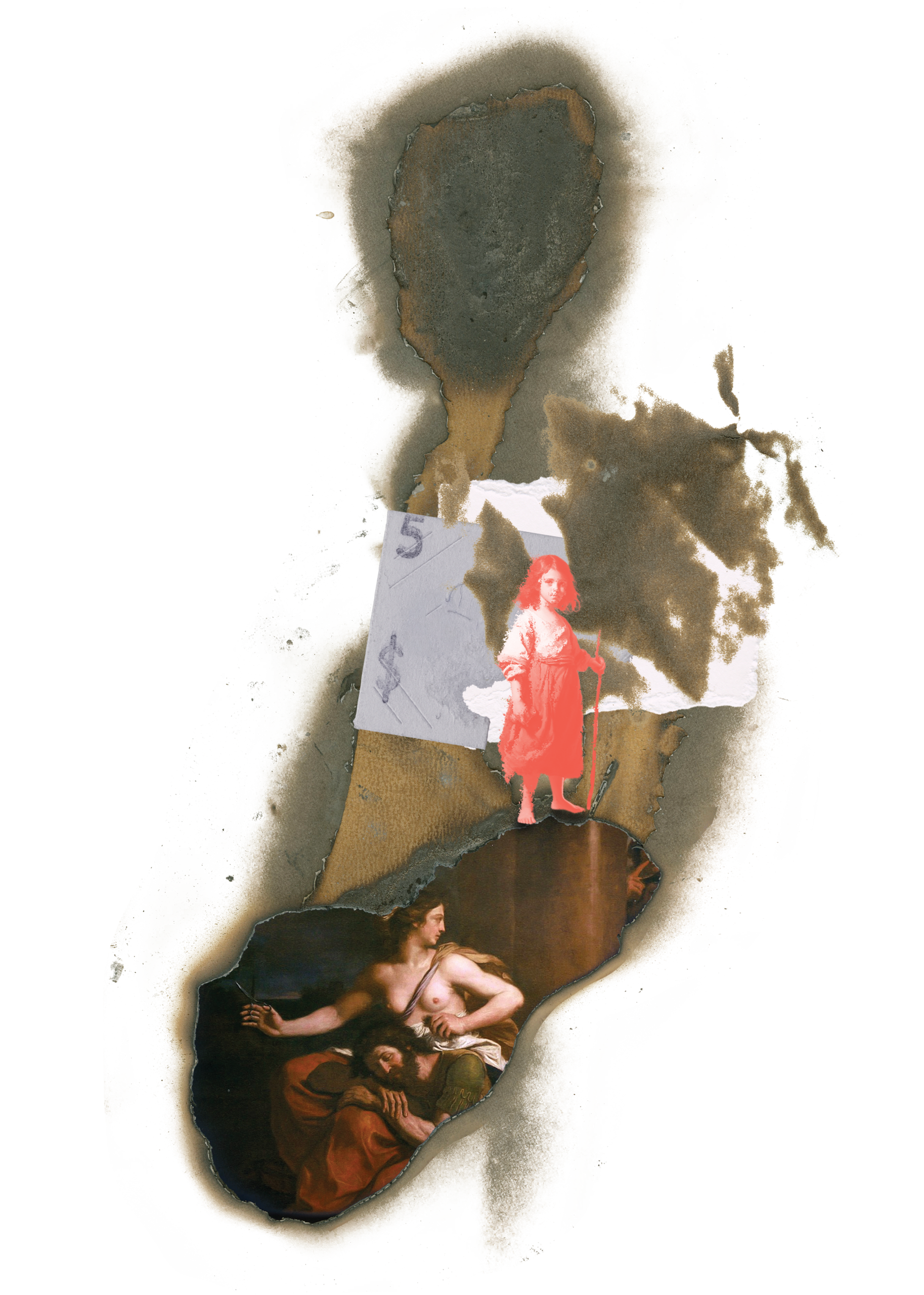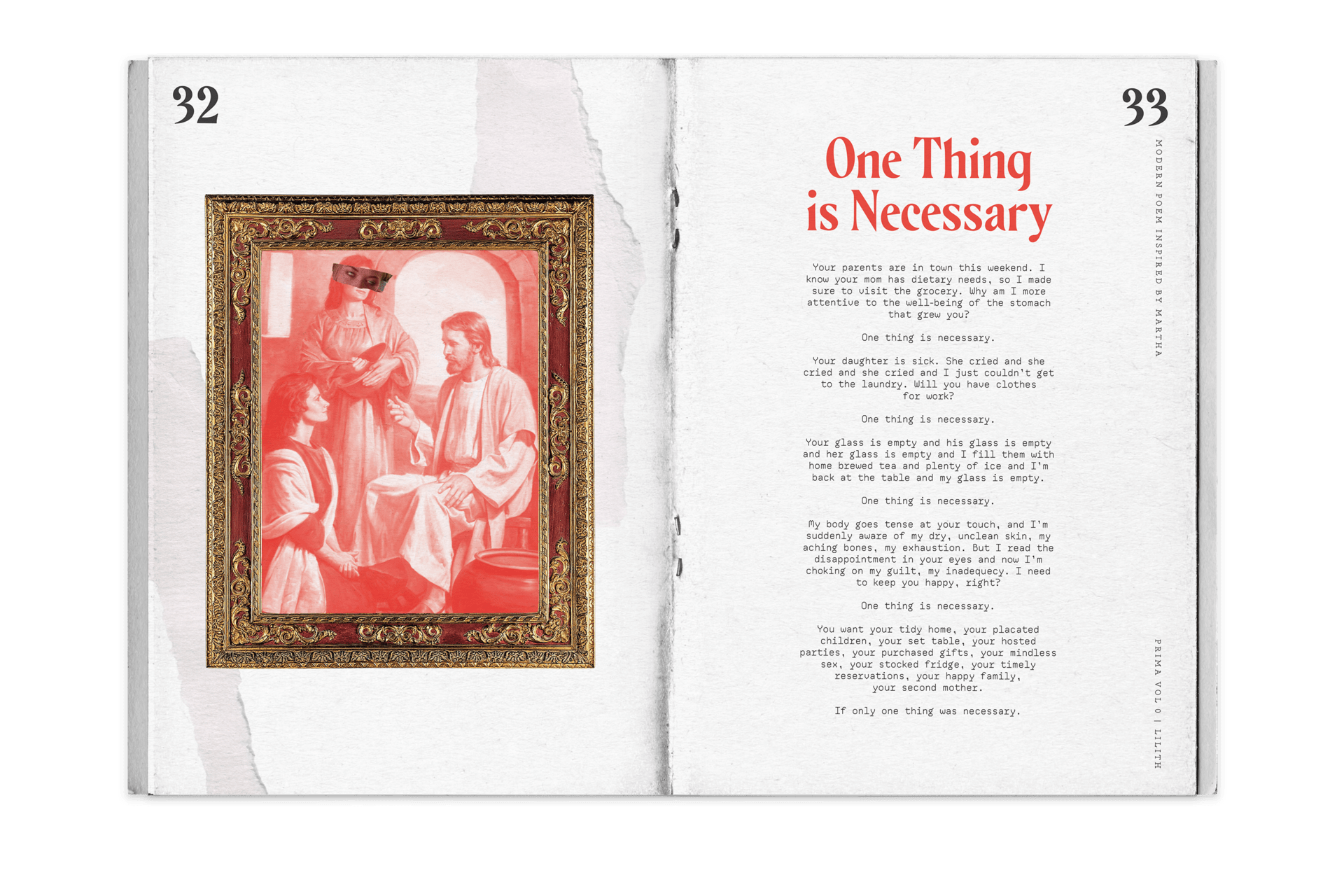I am a US based graphic designer with a keen focus on communication, storytelling and emotion. I believe graphic design can and should be used to build narratives, form relationships and translate complex feelings and concepts into visual mediums.
Feminism and mental health heavily influence the way I approach my work, and I often create with a focus on the beauty of vulnerability and potential connection; how might others react, relate to and feel comforted or challenged by my art? What is the relationship between visual communication and what it is to be human? How can conversation and observation benefit my practice? How can research expand my own views and offer new perspectives and insights?
I have worked in-house with companies such as Starbucks, contributing to their promotional and social media teams, as well as within agencies and multiple startups in Seattle, Washington. Through these various experiences, I have been able to explore multiple specializations across digital and print mediums, though I have found myself most excited by branding, publishing, creative writing and especially mixed media collaging. I love being able to build something new by breaking apart the old; recycling, reconstructing, reimagining.




























